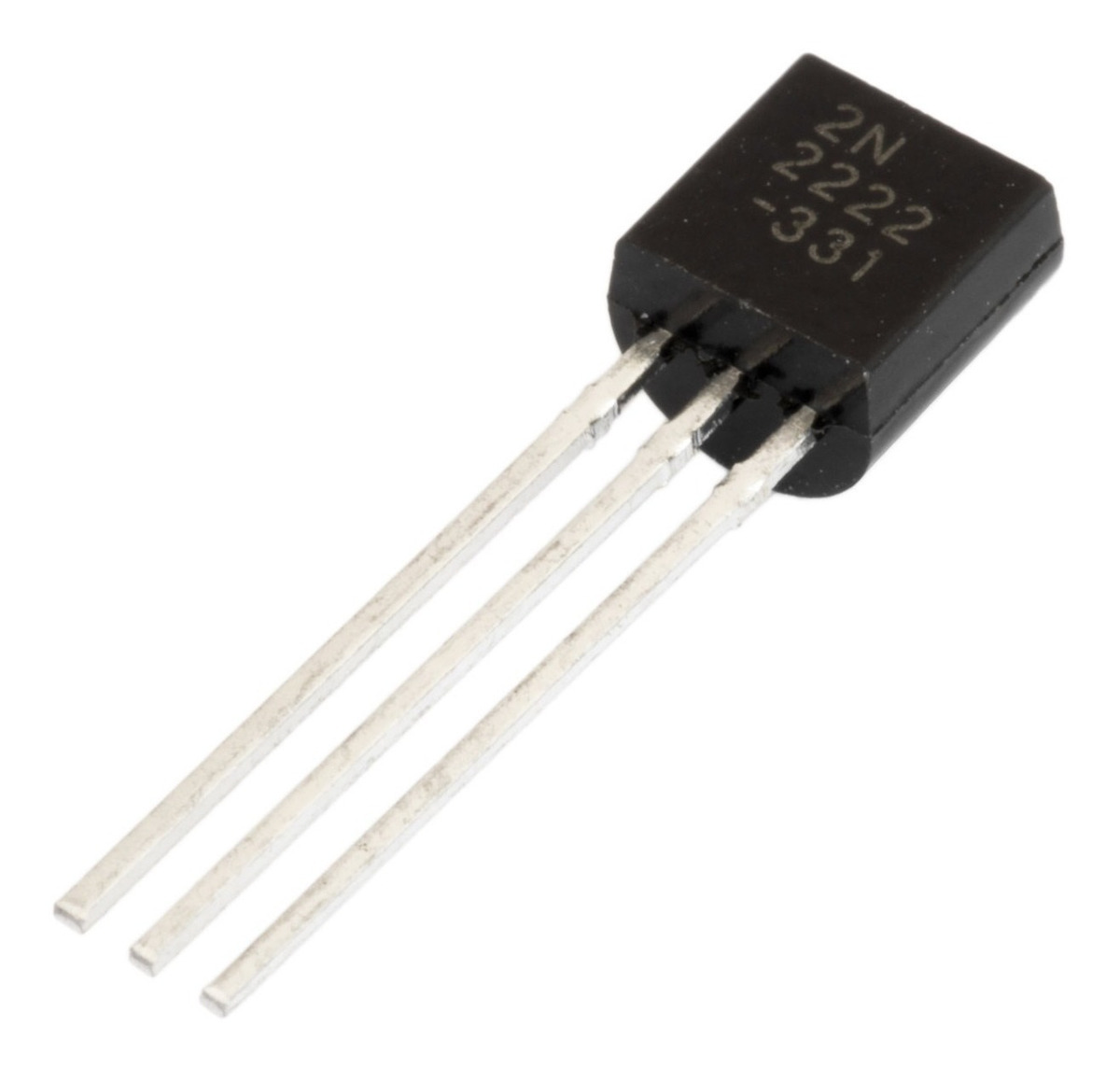
After about 10 seconds it overheats and breaks down (700 mW). If it is turned off in time, the transistor remains functional. It will last a few seconds until we can measure currents. When we connect the collector here, the transistor still works, only the higher collector current heats up the transistor very quickly.

It works continuously and gets a little warm. It's getting a little warm.Īt a supply voltage of 24 V, the Zener current increases to 12.5 mA, but this does not destroy the transistor. By connecting the collector, it becomes a reverse-biased transistor, but it can handle the 25 mA collector current indefinitely (250 mW). If we do not connect the collector, it will be an 8.8 V Zener diode. Then let's see what happens at 15 V VCC voltage. I made simulations and some measurements with a real 2N2222 transistor. I have assembled your circuit using known-good 2N2222 transistors and nothing happens when the power is turned on: the transistor remains off.Īs I checked the transistor, it works fine up to 15 as VCC, but after that, the transistor gets turned on, and it starts burning at 22V. 9x4=36V - the transistor should handle that without a problem. You can use crocodile jumpers to connect them in series.
#ES IGUAL 2N2222A TRANSISTOR AL 2N2222 SERIES#
To completely eliminate the power supply as the potential source of trouble, use 9V batteries in series as a power source instead. The voltage across the collector resistor should be 0.000V. The circuit, wired as shown in the question, is checked with voltage measurements with a multimeter when supplying say 12V to the circuit.Simulate this circuit – Schematic created using CircuitLab Verify that the emitter and collector are where you think they should be by measuring the current gain when the transistor is on. Check it with the diode function on a multimeter!

The transistor actually has the pinout you think it does.

The transistor is not fake and actually meets its specifications. Some poorly designed supplies wildly overshoot the output voltage when the mains power is turned on. Use a digital oscilloscope to capture the transient that occurs then the power supply is turned on using the power switch. One possibility then is that the power supply is pushing way more than 40V into that transistor as it is turned on. My transistor starts burning after turning on the power supply The power supply is a variable linear 0-30 volt 3A power supply (MEGATEK-MP-3003) However, in the lab, I've seen different 2N2222s fail (get turned on) and burn with this circuit Datasheet FragmentĪccording to the datasheet, a 2N2222 can handle VCE(max) up to 40 V. I recommend you try this on your parts which are burning up and see if you can confirm the pinout. The 2N3904 I just measured gave 0.664 V and 0.684 V. The one with the slightly larger drop is the emitter. You expect approximately 0.6 V measuring from B to C and from B to E, and OL in all the other pairings.

The classic method for identifying the pins of an out-of-circuit NPN transistor is to measure the voltage drop with the diode-mode of a multimeter. Simulate this circuit – Schematic created using CircuitLab Identifying Pins Which would mean you actually have the following, which has V EB of 22 V, where the limit is 6 V (see datasheet portion below). Variant PinoutĪnother possibility is that your transistor has a different pinout than you're expecting, such as the P-variant: The first thing to check is the pinout, both from datasheet for the exact part number, and by confirming on the actual device. In this particular case, given that the transistor is burning up, it's pretty evident something is very wrong. If you're getting surprising results: always check the test equipment. Also of course if the test equipment is faulty, V out could be something else. Comments have made the suggestion that you have a counterfeit part - certainly a possibility. Obviously the easiest things to check are the wiring, the resistor values, and the voltage.


 0 kommentar(er)
0 kommentar(er)
